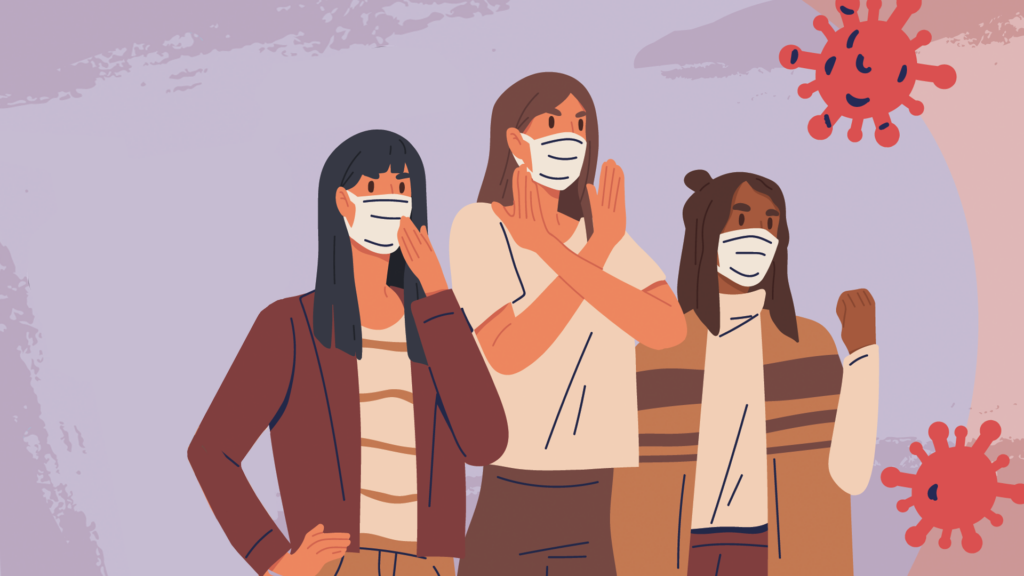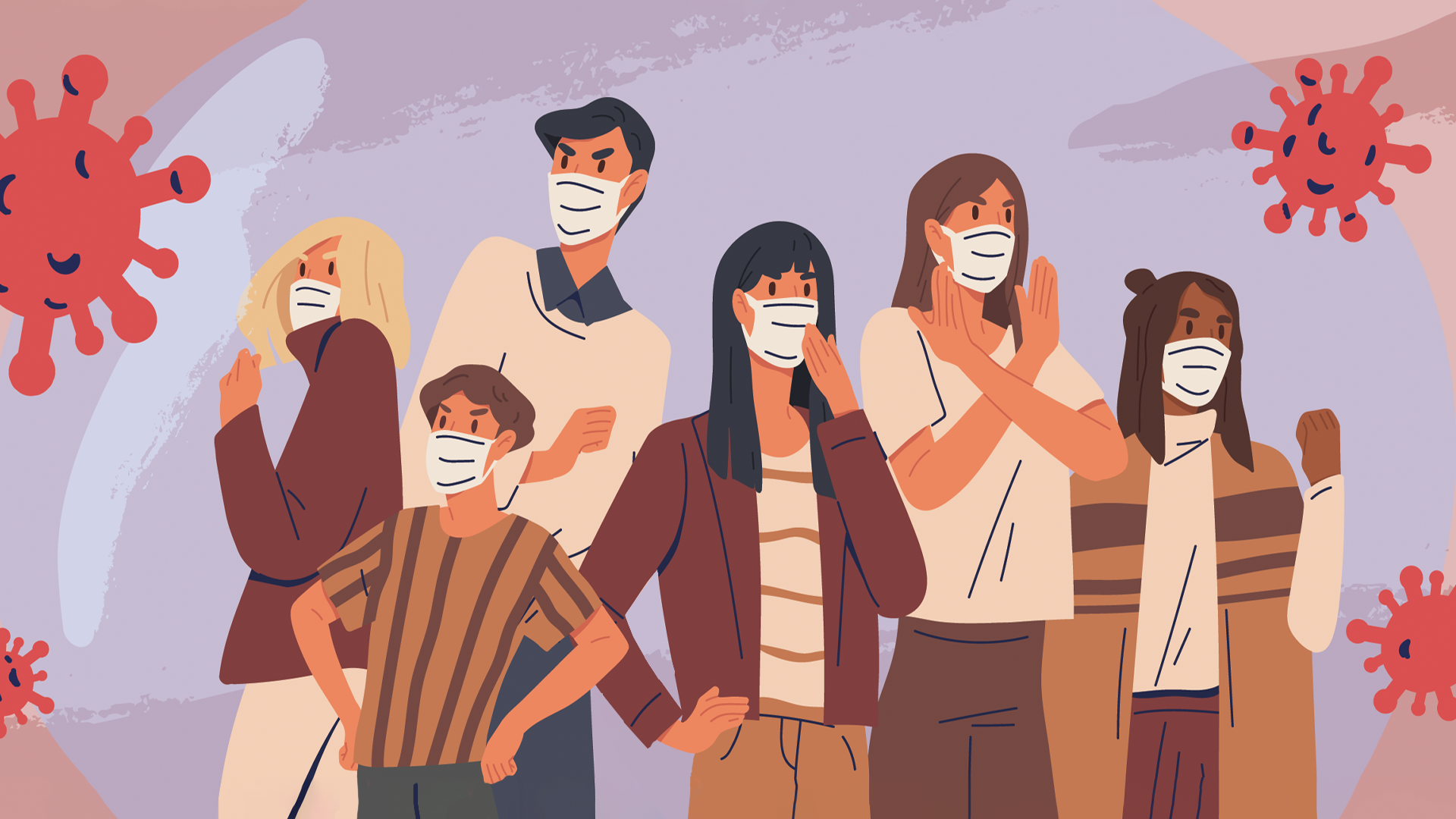In March 2020 the world as we knew it changed forever, as COVID-19 presented an unprecedented challenge to public health, global economies and the world of work.
Volkan Bozkır, President of the United Nations General Assembly said: “During this pandemic, the most vulnerable have been the hardest hit… We must increase our resilience. We must work together and take an integrated approach to health, hunger, climate, and equity crisis – no one is safe from COVID-19 until everyone is safe.”
This spirit of collaboration and cooperation was mirrored in the private sector, as organizations around the world very quickly joined forces in a race to fight the pandemic – and ultimately save lives. Whether it was developing new approaches to prevention, treatment and diagnosis, scaling production of PPE equipment, or strengthening and augmenting food supply systems, data played a central role in these efforts.
In some cases, the technologies that the healthcare industry applied to solve challenges brought on by the pandemic were quite surprising. Let’s take a look at some leading examples:
From the skies to the ICU
At the start of the COVID-19 pandemic, Boeing’s market leading Jeppesen digital aviation software solved a crucial nurse scheduling problem for the intensive care unit (ICU) at Karolinska University Hospital in Stockholm, Sweden’s second largest hospital.
Jeppesen Crew Rostering, which employs FICO® Xpress Optimization, typically helps airlines to optimize staff rosters to maximize crew well-being and revenue. Using the same software, rosters were created for over 300 nurses and healthcare workers during the peak period, resulting in more workable shifts for staff and better coverage for the hospital.
This was a much larger workforce than the hospital was used to – due to a new Swedish Crisis Agreement that changed the regulation around working hours and salaries that lead to additional workers brought on from various other care units. The plan needed to operate safely and effectively and be in place within a week to be able to produce schedules for the ICU’s nurses and assistant nurses.
“The biggest challenge, by far, was time,” says Daniel Roth, Senior Business Advisor with Boeing. “We only had a week to produce the initial schedule, which had to incorporate who could work when, individual nurse competences, special requirements with respect to their schedules, and other factors. This data was not available in a structured way, but rather in the heads of current schedulers and management.”
“Fortunately, our extensively used aviation solution, with FICO Xpress Optimization as an integral part, enables an end-user to quickly build schedules. Expanding the ICU and quickly implementing Boeing’s Jeppesen-optimized scheduling system enabled for more efficient, safer work and eased some of the burden the hospital faced through the height of the pandemic. We believe we have, in our own small way, contributed to battling the pandemic and supporting those on the frontlines.”
Chatbot to improve COVID-19 care
Another impressive collaboration was between Microsoft and Providence, a healthcare provider with 51 hospitals and more than 1,085 clinics headquartered in Washington.
In January 2020, Providence Regional Medical Centre in Everett treated the first known case of COVID-19 in the United States. The region became the epicentre of the country’s first wave of infections, and the hospital staff and administrators knew they had to find a way to manage a potentially overwhelming increase in patients.
Taking advantage of its strategic collaboration with Microsoft, Providence implemented and configured Microsoft Azure Health Bot, an AI-based virtual assistant solution with voice and chat capabilities, to screen for potential COVID-19 symptoms.
In less than a week, the new configurations were operating at full capacity. By handling the initial level of screening, Azure Health Bot immediately relieved pressure on the call centres at Providence’s hospitals clinics in the western United States.

Visualising data
In collaboration with Esri, a leader in location intelligence, the Statistics Division of the United Nations Department of Economic and Social Affairs (DESA) launched a UN COVID-19 Data Hub for member states to access and visualize the data needed to combat the pandemic.
Being able to track trends of the pandemic, identify the vulnerable groups, and understand the impact of the crisis on all sectors of society and the economy has been key. By using mapping and analytics technology, this partnership offers an important tool that is easily accessible by any national statistical office.
With the hub, organizations can leverage their existing data and technology and work together with internal and external stakeholders to track progress, improve outcomes, and create actionable policies.
Fighting COVID-19 together
Alongside the heroic work of healthcare professionals across the world during the pandemic, data science is playing an increasingly important role in the fight against COVID-19, as these examples show. The collaboration between organizations from different industries has been commendable as they’ve come together to help the world move forward during this time of need.










